This site uses cookies
Read moreMaterials
Partners
Chile
fiberglass, iron, glass, audiovisual material
Galeria Lehmann + Silva
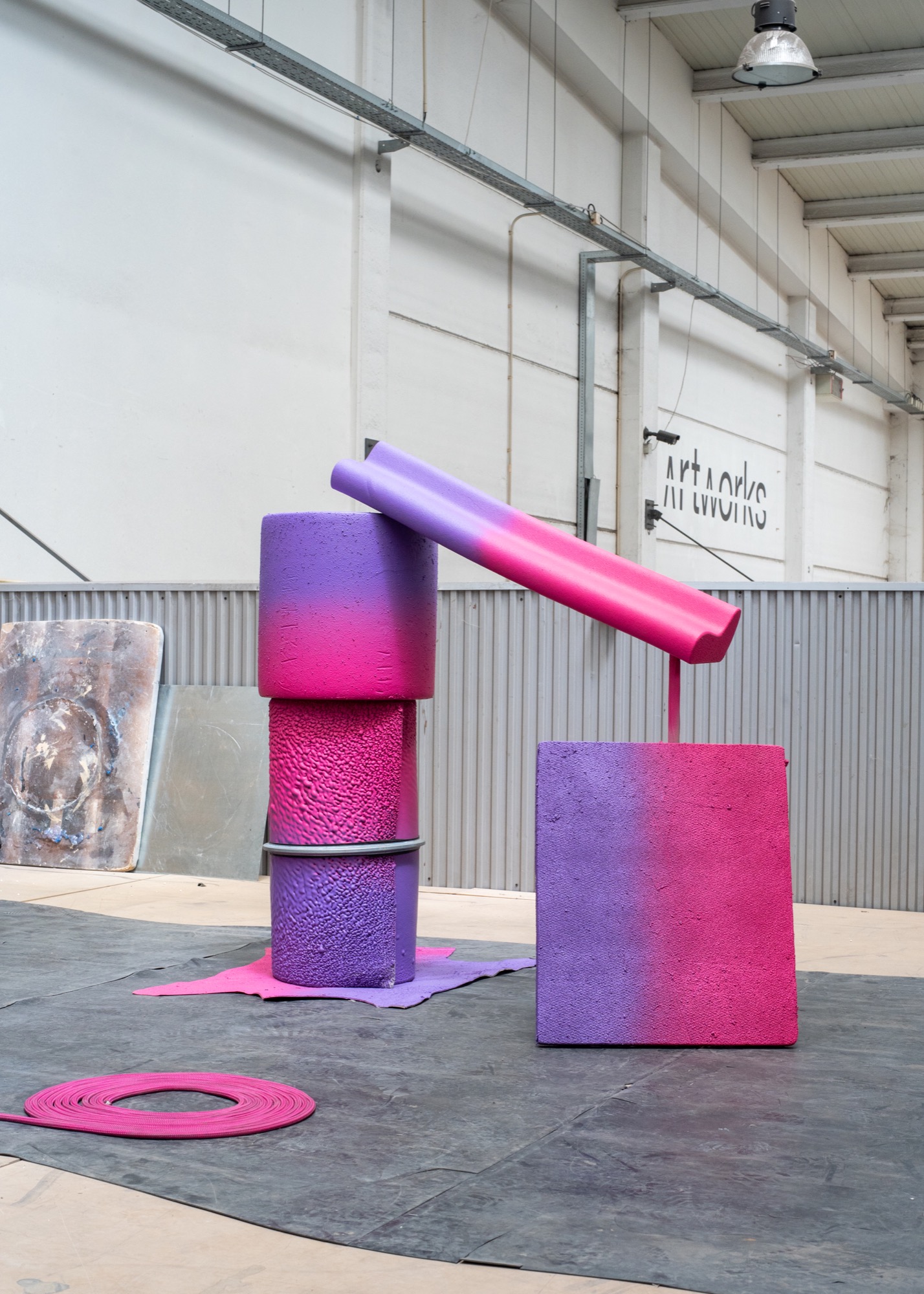
Sebastián Baudrand
open house / Crenças do Bosque
Multidisciplinary artist who has focused his research on the art-context relationship, reflecting on the paradigms of today's society and the problems of the landscape. His work is built from the abstraction of everyday life, generating displacements of it towards architecture and space. A feature that stands out in his work is materiality: low-cost elements, such as raschel mesh, corrugated cardboard, wood and found objects. He studied Architecture and Visual Arts in Santiago, continuing with sculpture and engraving in Mexico. Since 2009 he lives and works in Puerto Varas -southern Chile- where he has developed various collective and individual projects. He has exhibited in Chile, Mexico, the United States, France and Portugal. In 2019 he exhibited individually at the Museum of Contemporary Art of Chile with the Translucent Polymers project. His work is part of private and public collections such as the Ministry of Culture of Arts and Heritage and the Museum of Contemporary Art of Chile. He has carried out artistic residencies in Chile and abroad, highlighting his participation in the International Residencies program of the Siqueirios Project: SAPS - La Tallera, Mexico 2017. He participated in the Al Lado Residency (Lima, Peru 2021) and was guest artist at ARTWORKS (Porto, Portugal 2022). In 2023 he was at the High House Working Residency (Norfolk, England).
A network of aesthetic resistance is created in the territory - a great filter - a human support that evolves parallel to the consumer society. Abstractions of memory in transformation shake the everyday or the censored through the aesthetic use. The collected, ordinary, industrial and commonly used materials give coordinates to the site. New "constructive habitats" in a spatial silence and orality.
Sebastián Baudrand lives in a process, opening new spaces where to ponder the paradigms of nowadays society and its need to point the territory, the landscape and nature, questioning its structures through site-specific installations that seek, with subtle intervention, to recognise the root in uprooted lands.
During the months of May and June, he did an artist residency at ArtWorks. As usual in his practice, the artist raised several investigative layers that fed the process of abstraction and conceptualization of the works. A historical layer that manifests itself linguistically and orally through myths; a geographical layer where aspects of archaeology, ethnography and memory are syncretized; and a present layer, where the works intertwine the ordinary and the extraordinary.
The field explorations around Porto, Póvoa de Varzim, Navais, Rates, Amorim and the daily trips by bicycle between the residence and the studio bring variable coordinates to the research, field notes - videos, photographs and audios -, symbolic relations that can be grouped in pairs of opposites: global-local, rural-urban, public-private, sterile-fertile, order-chaos, liquid-solid, death-life. (...)
Full text by Carlos Sierra Soto here

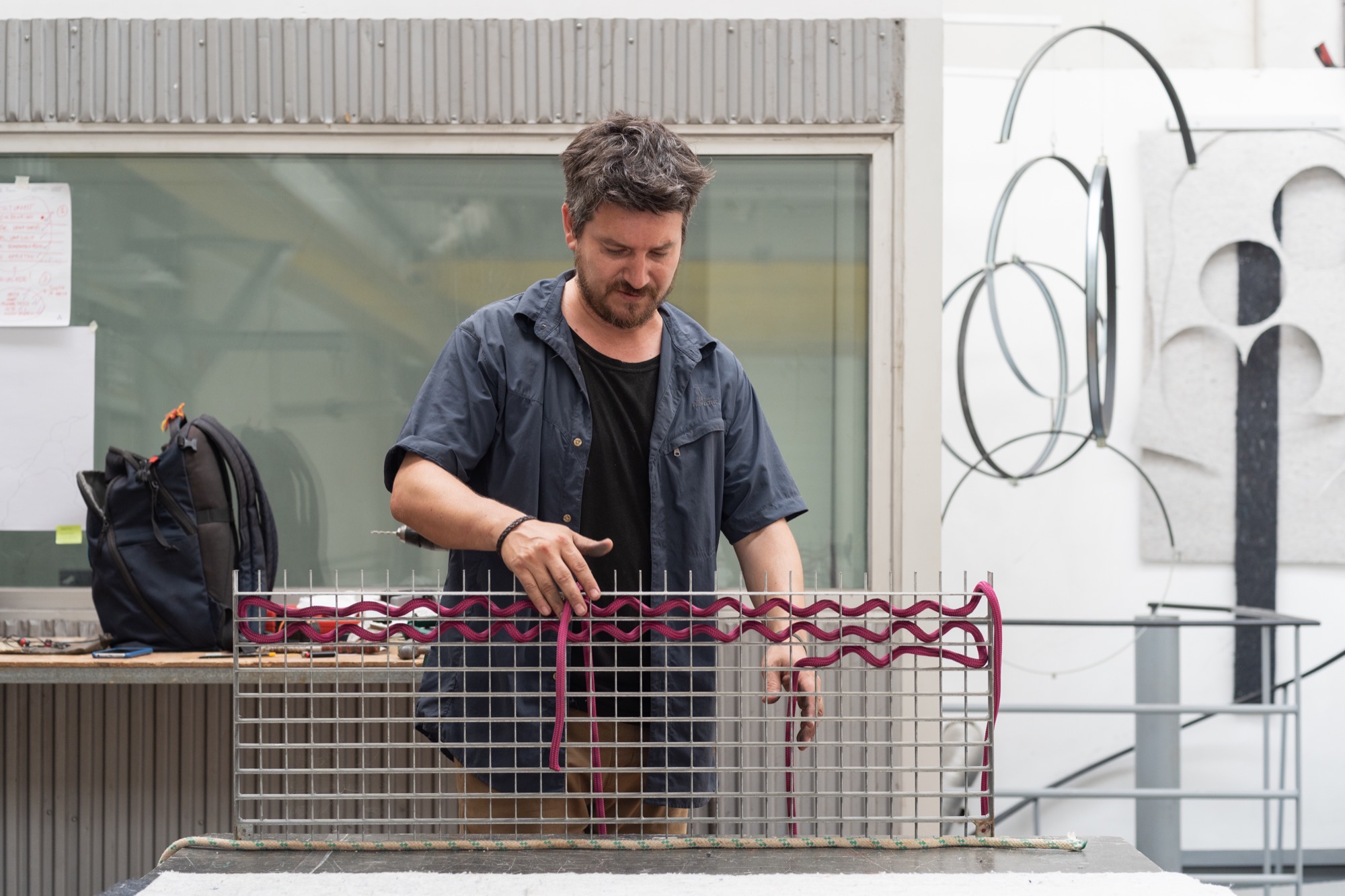
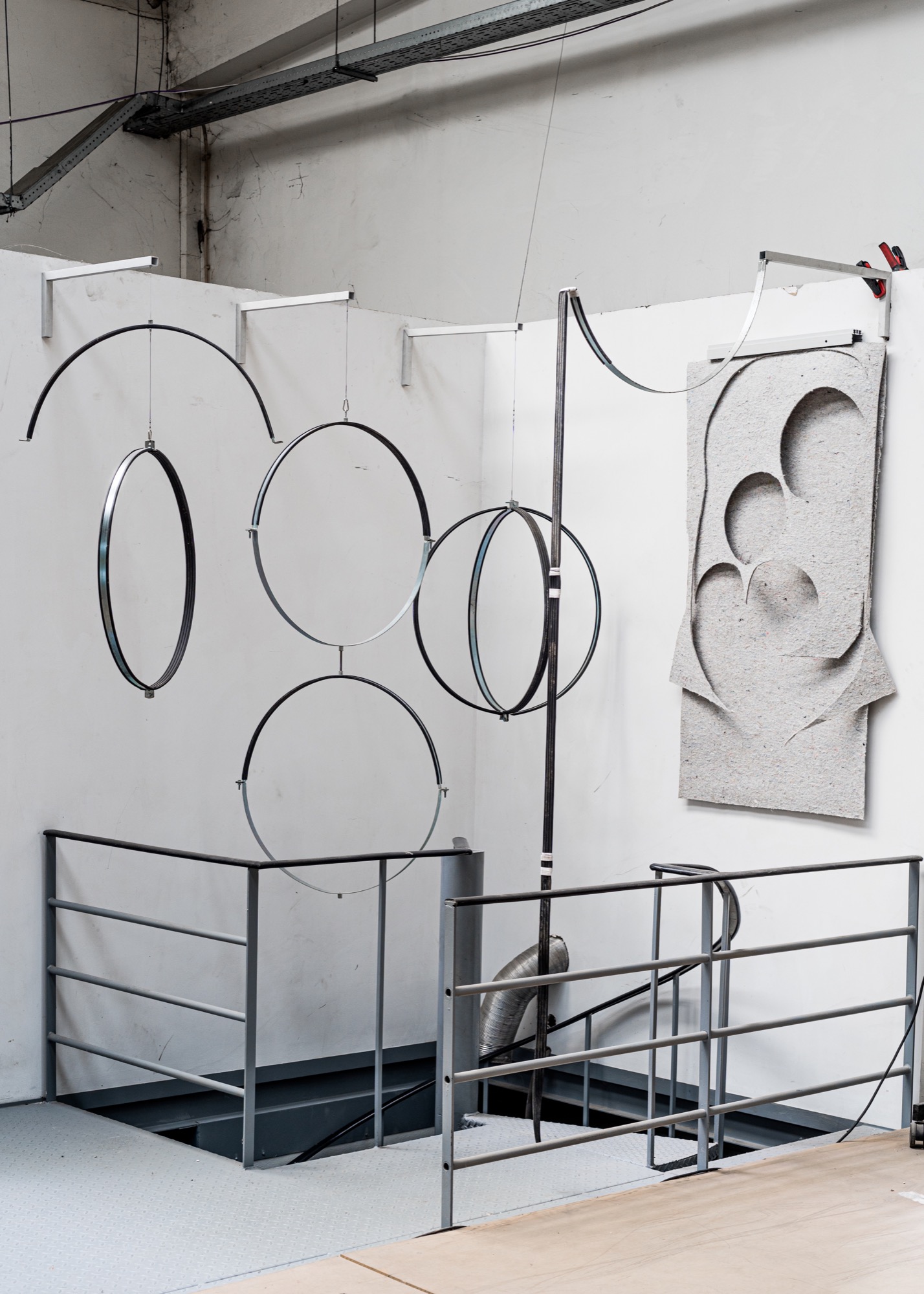
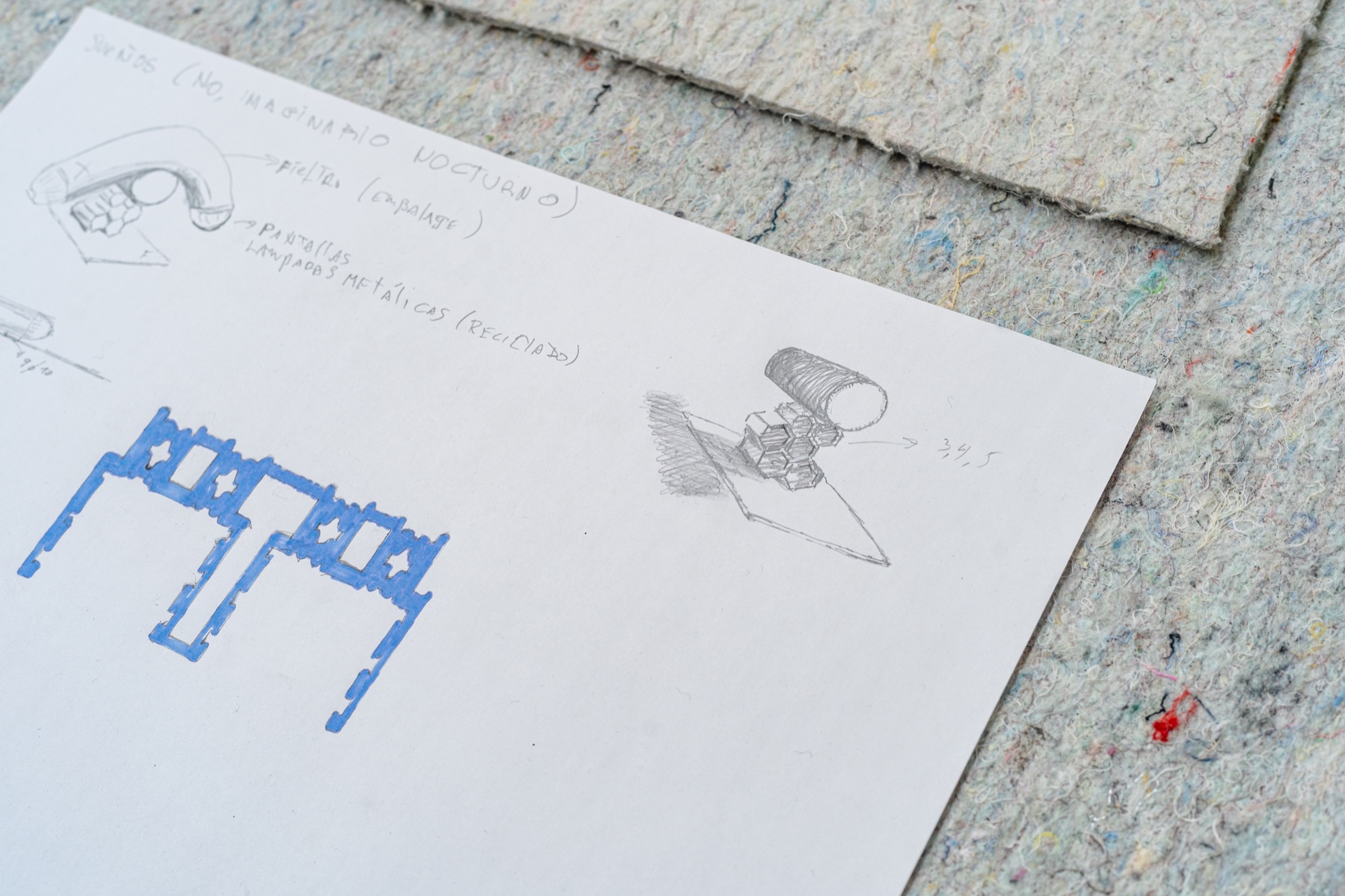
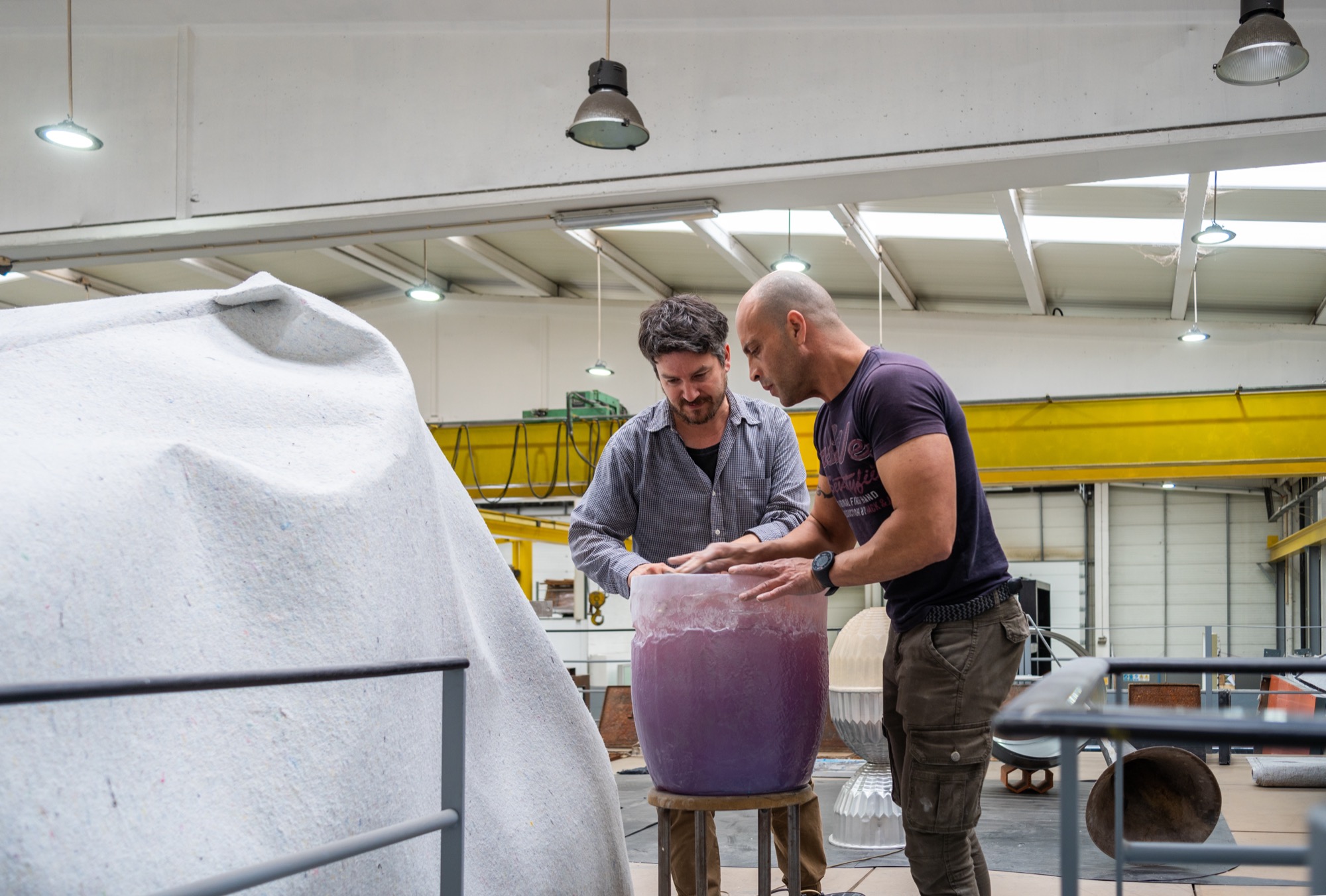
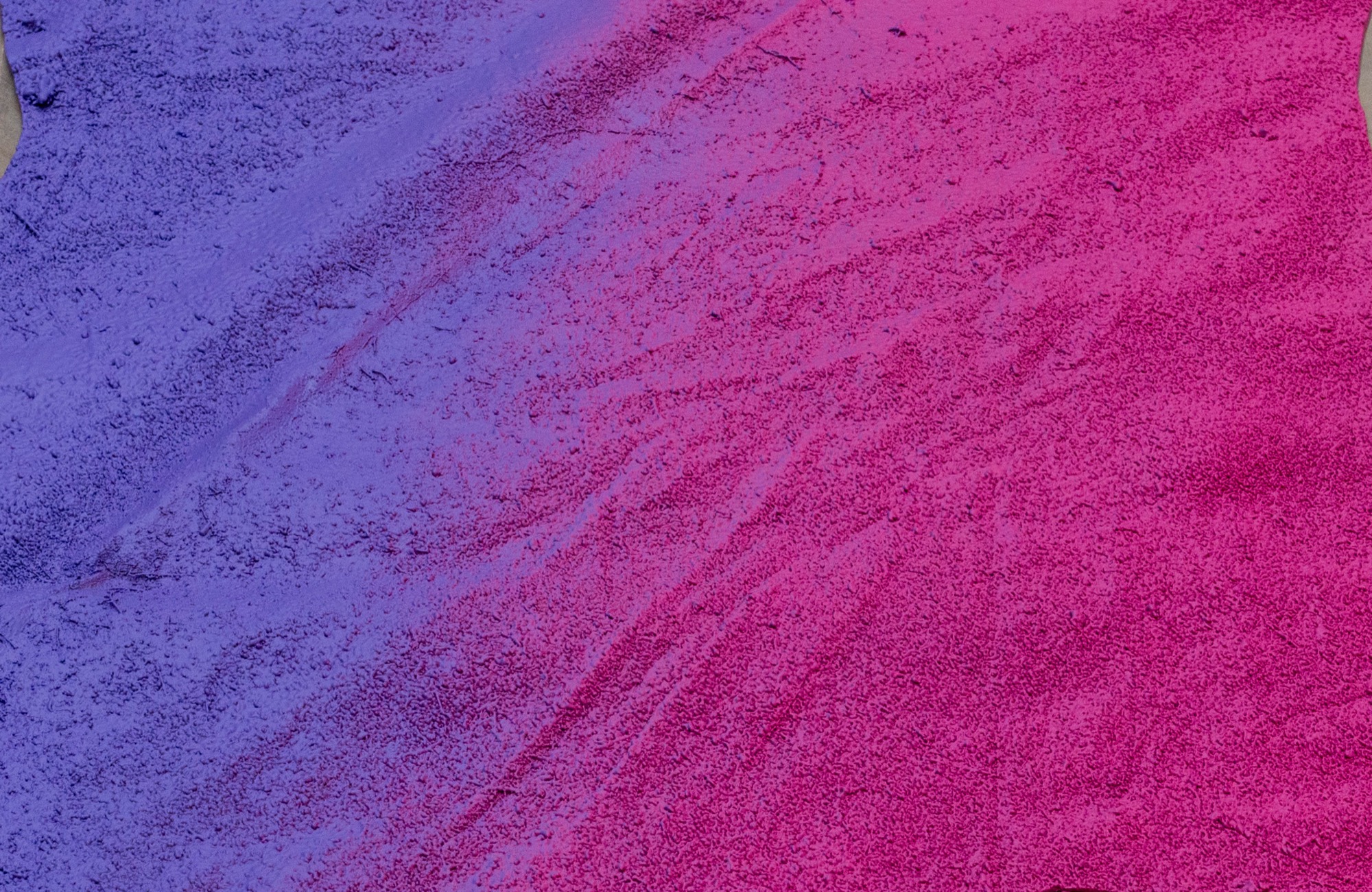
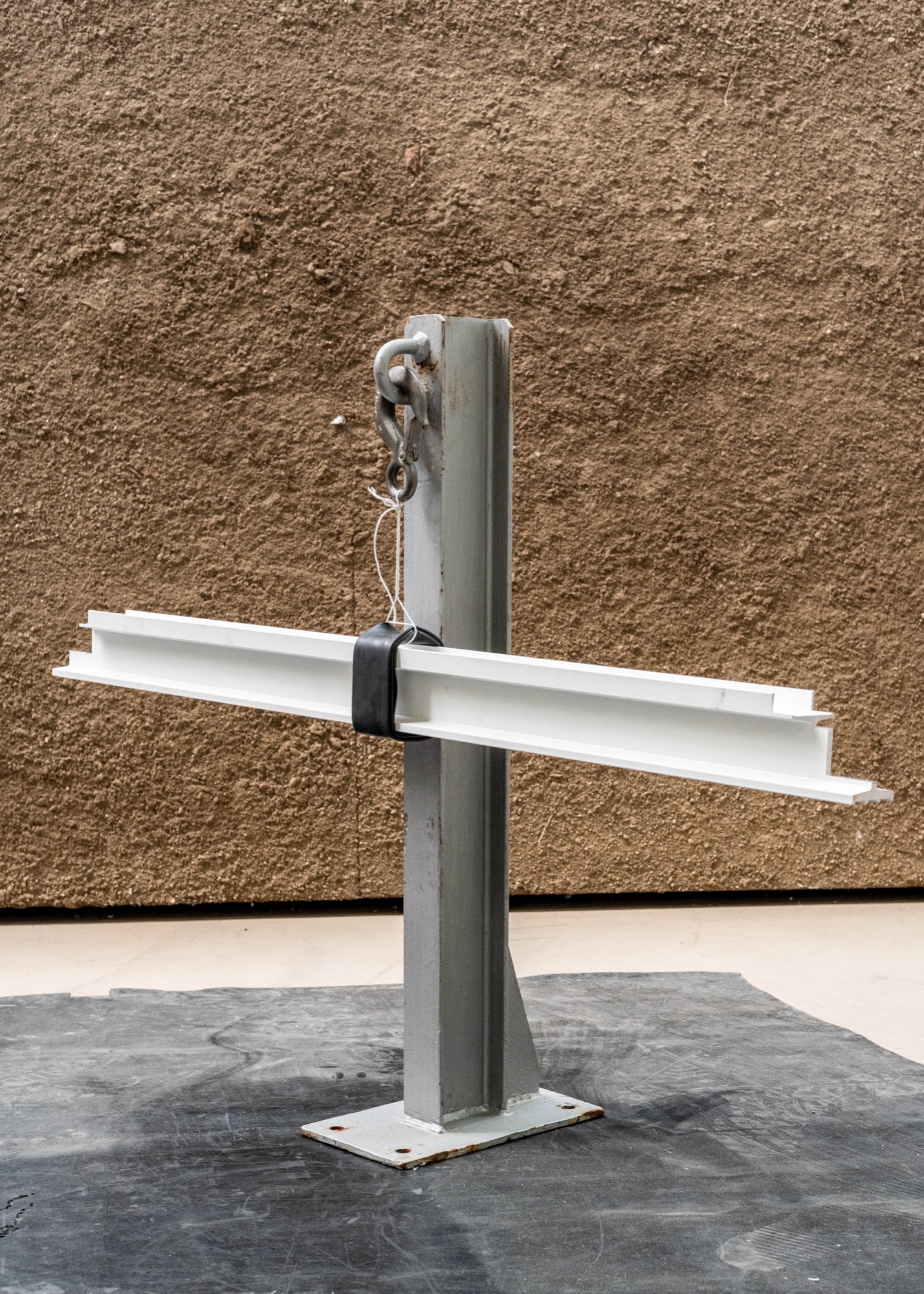

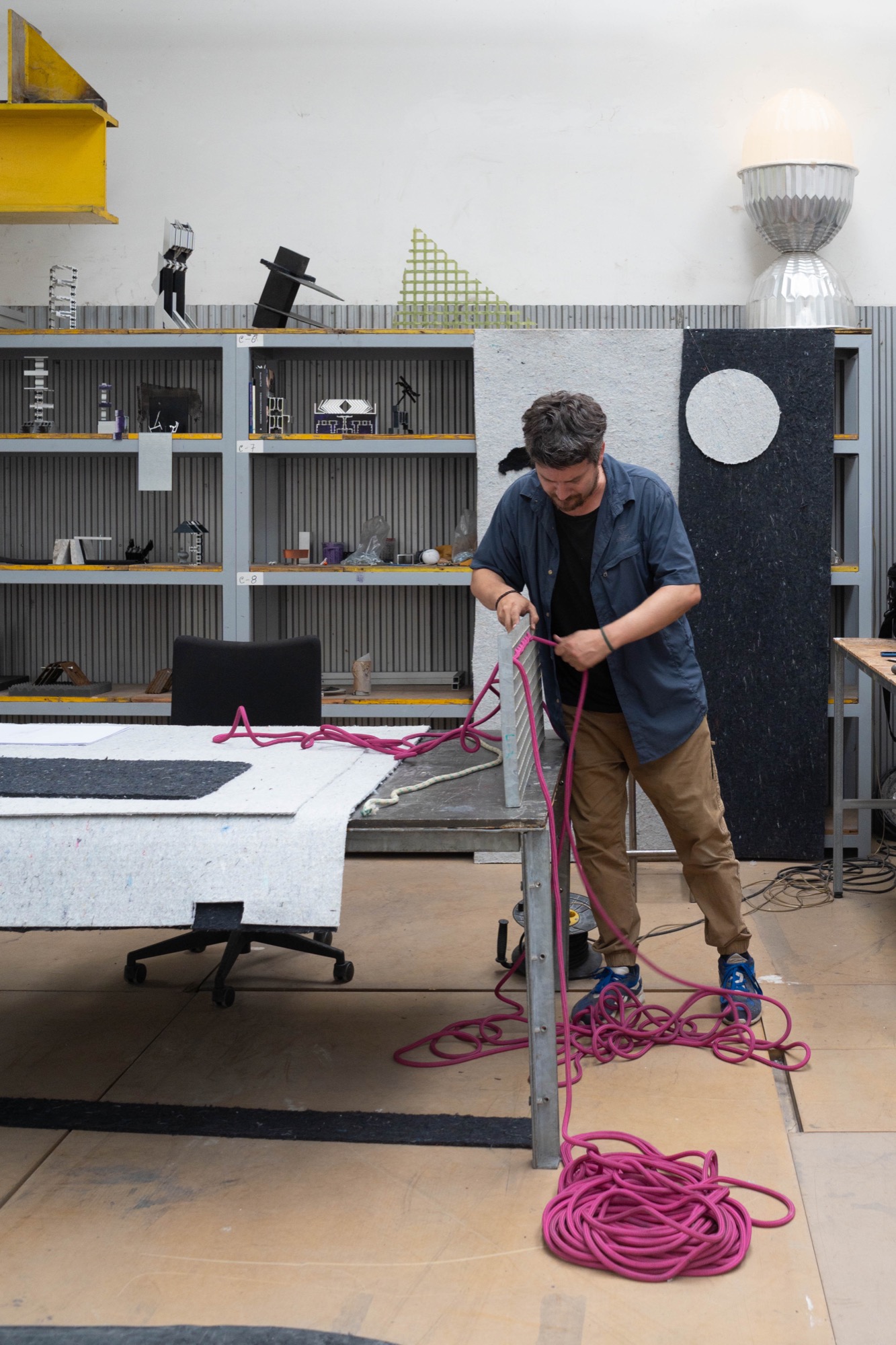
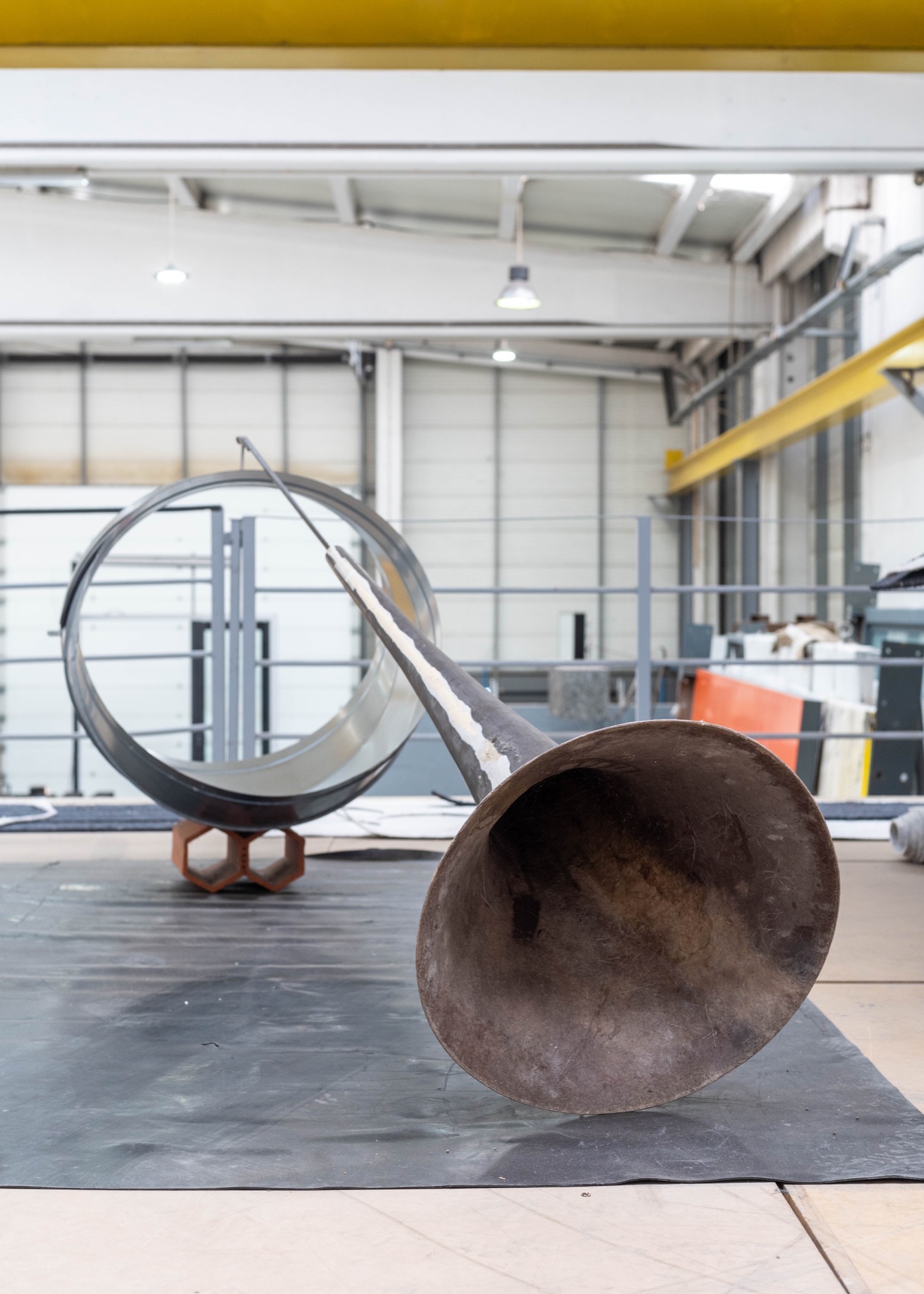
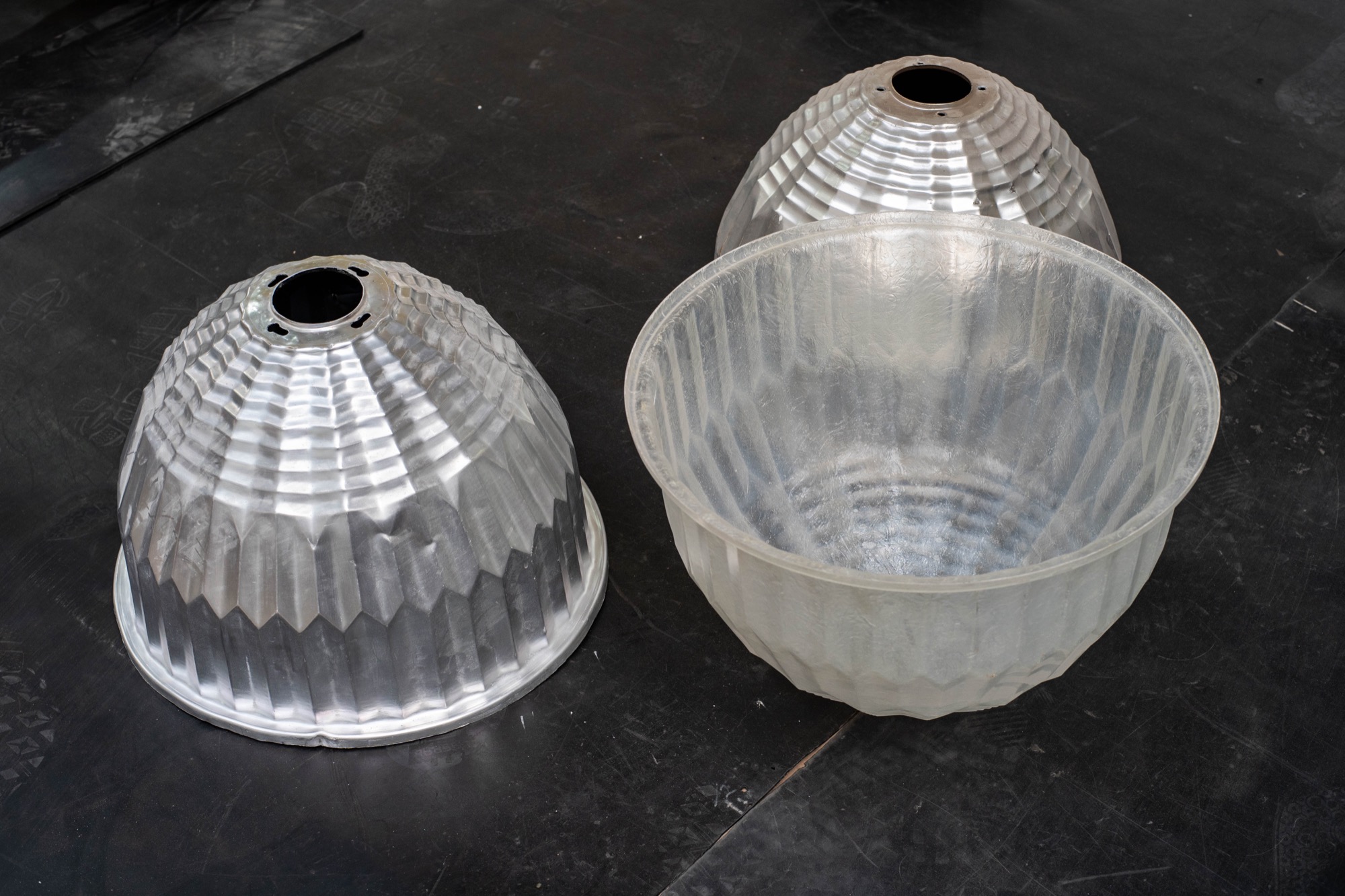
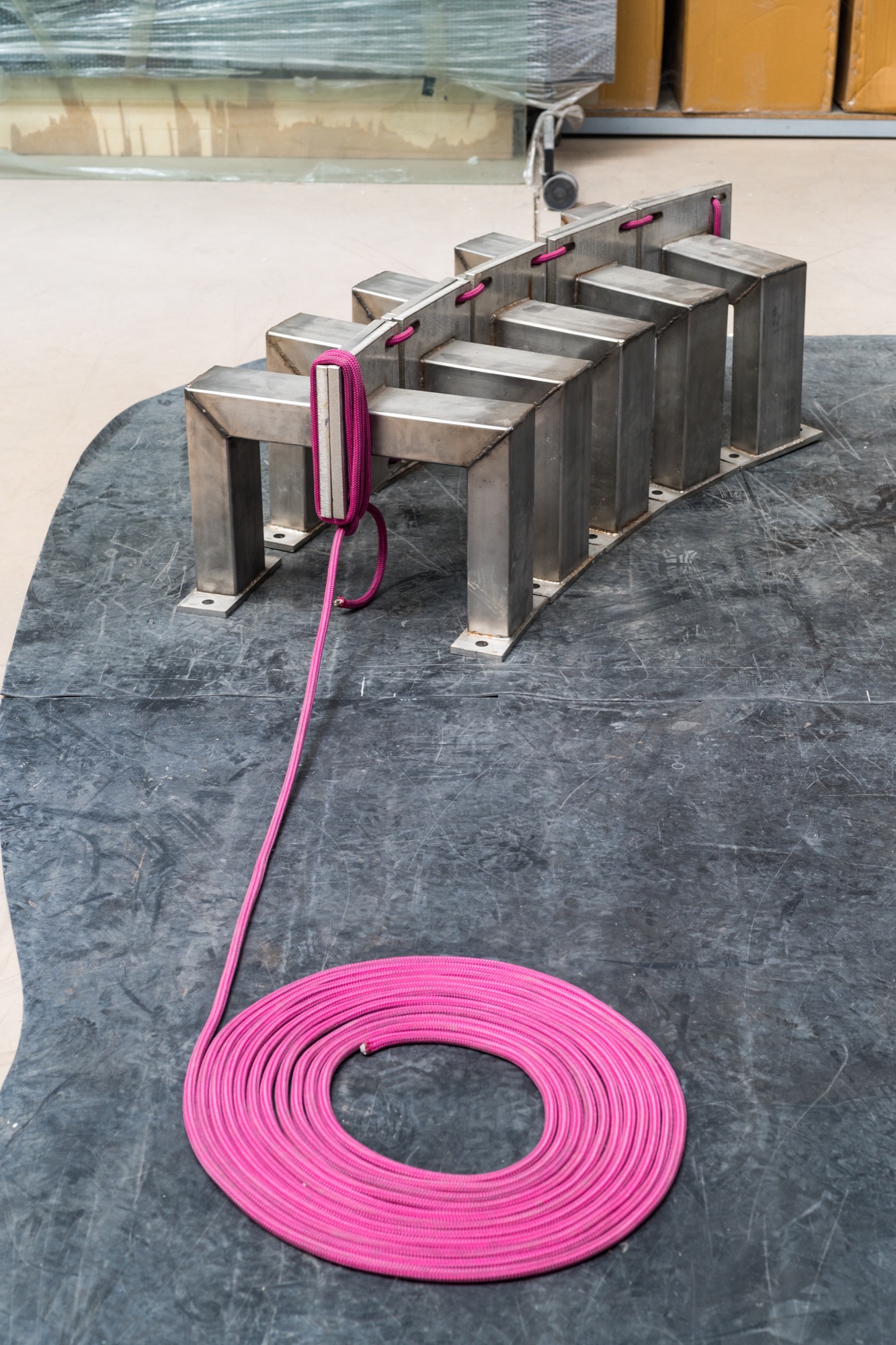
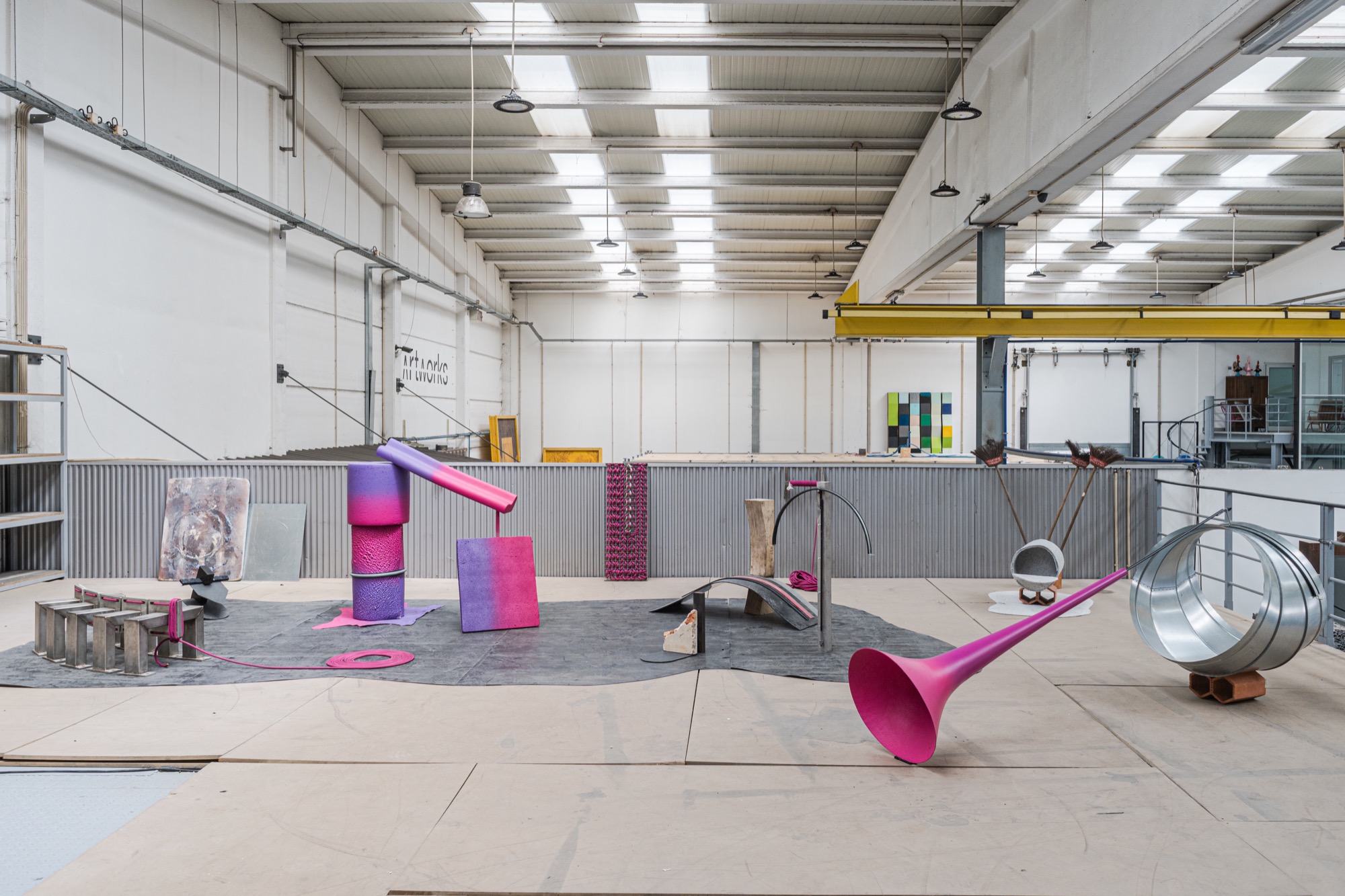
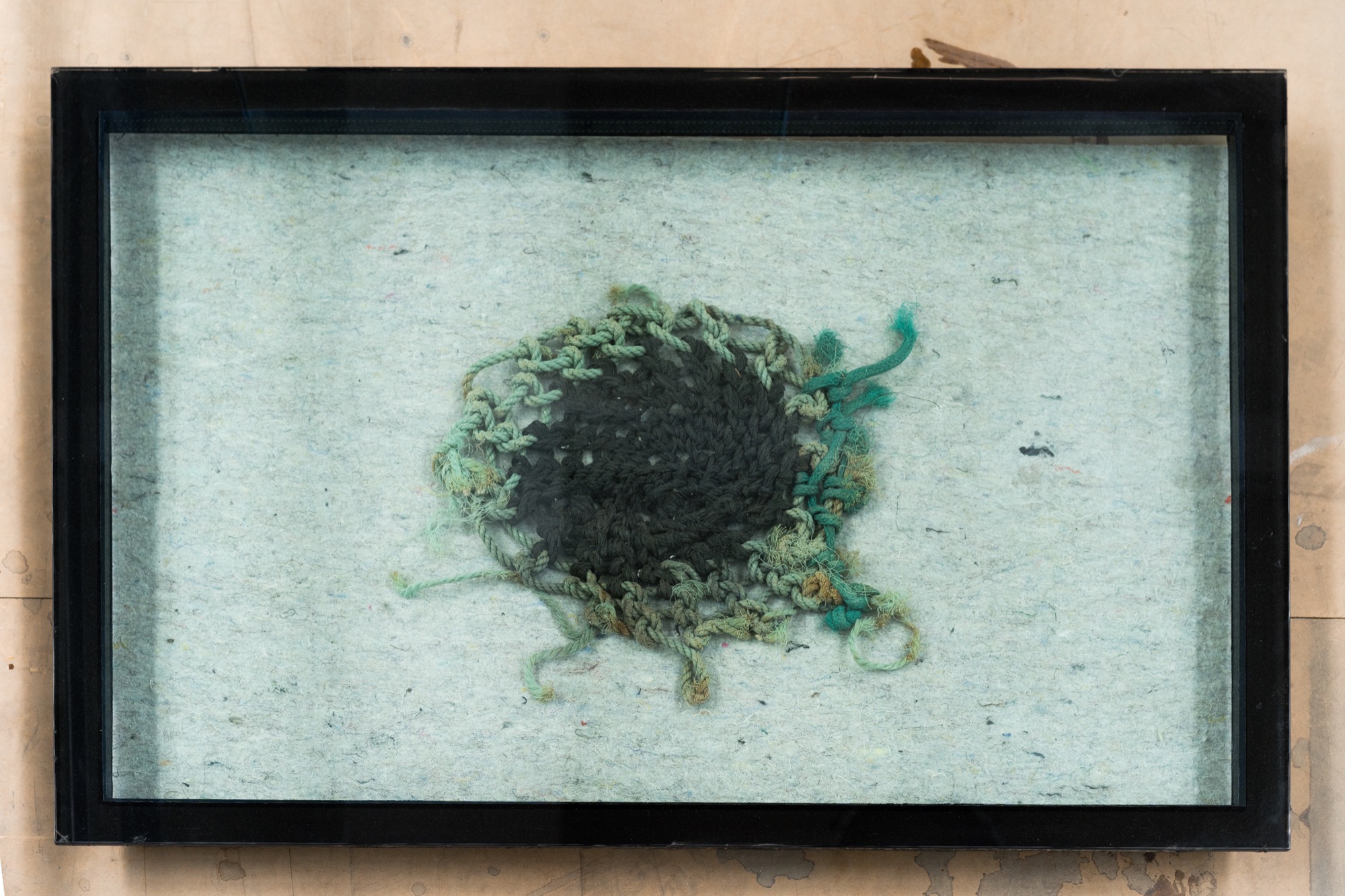
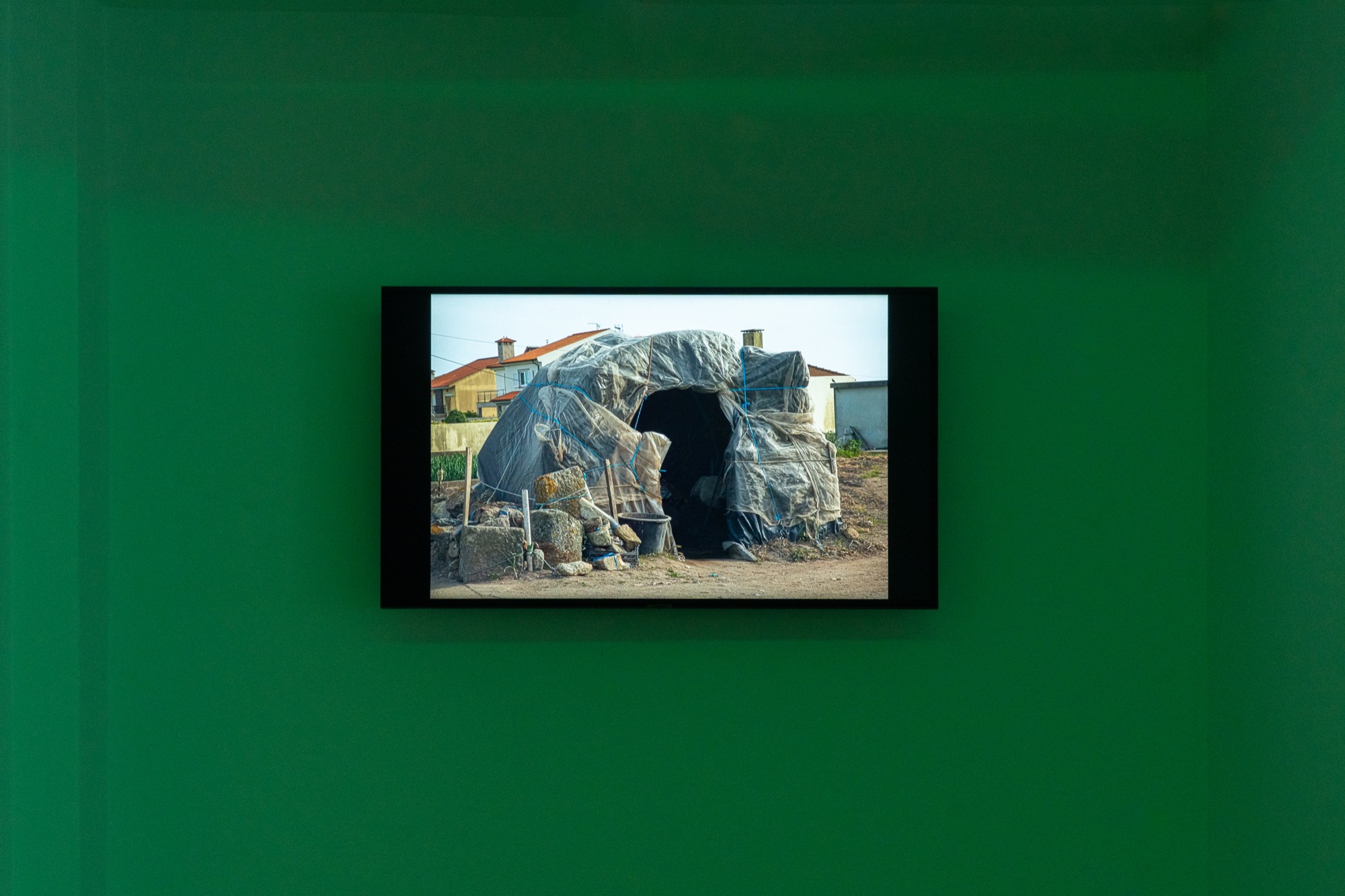
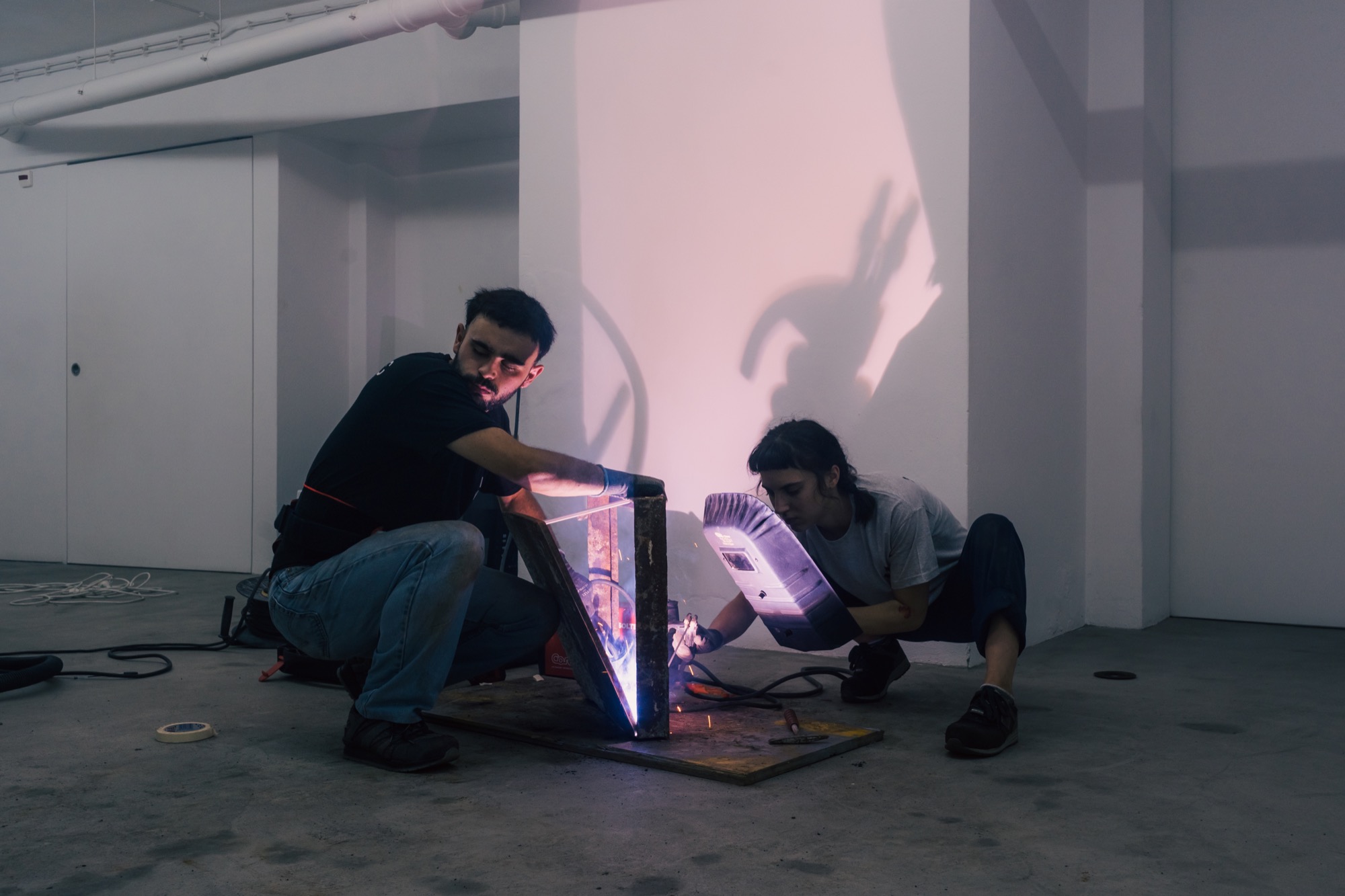
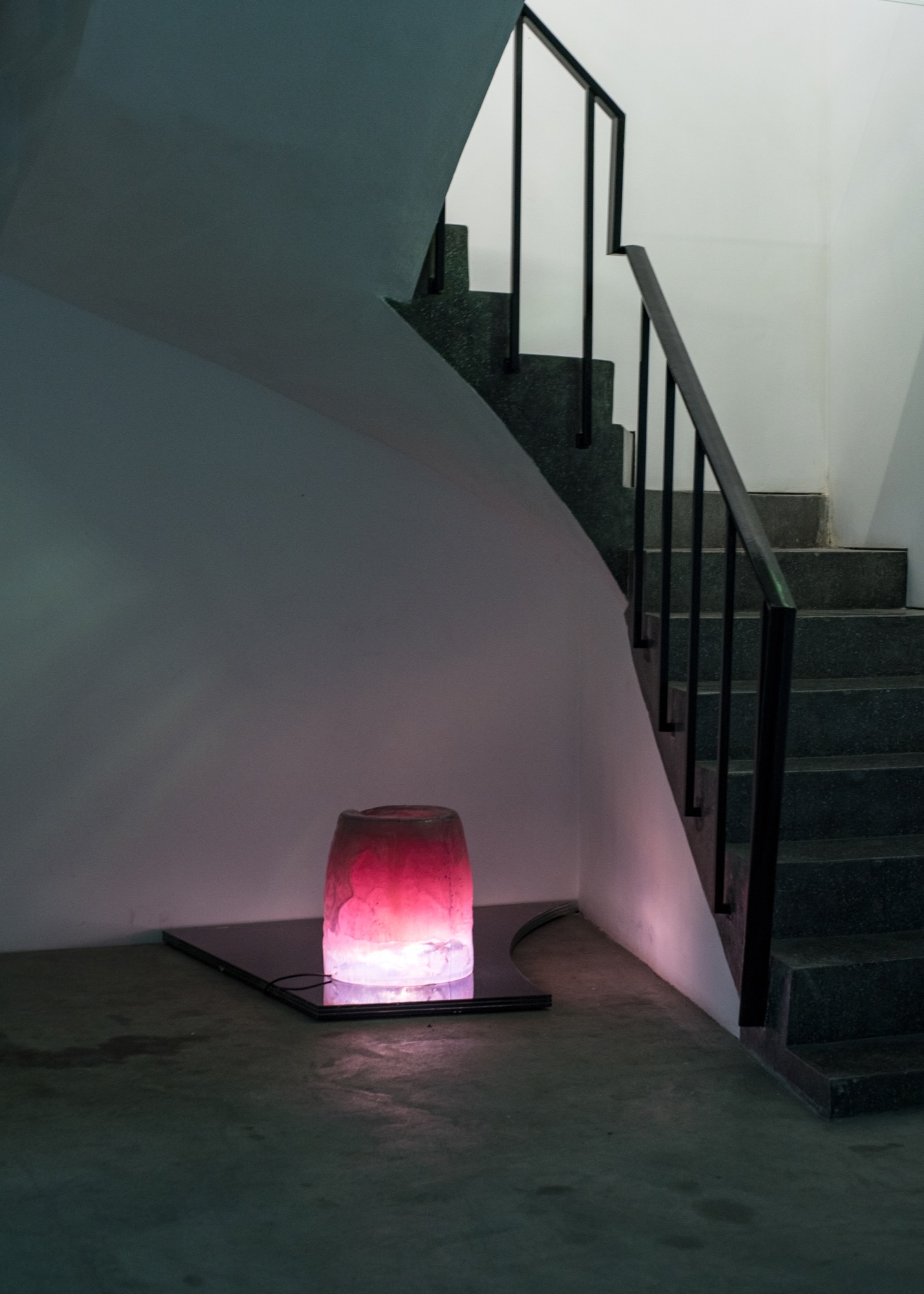

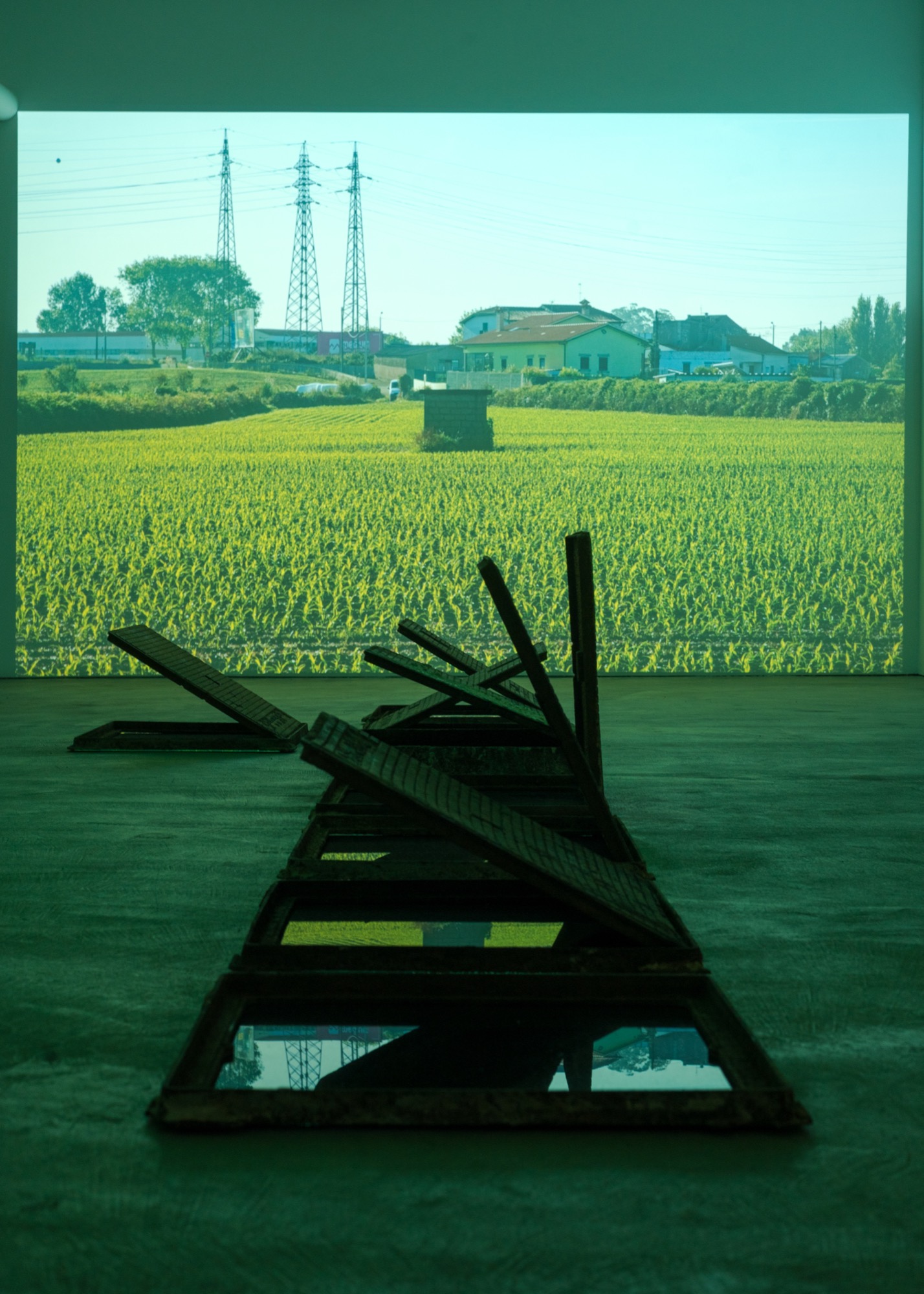
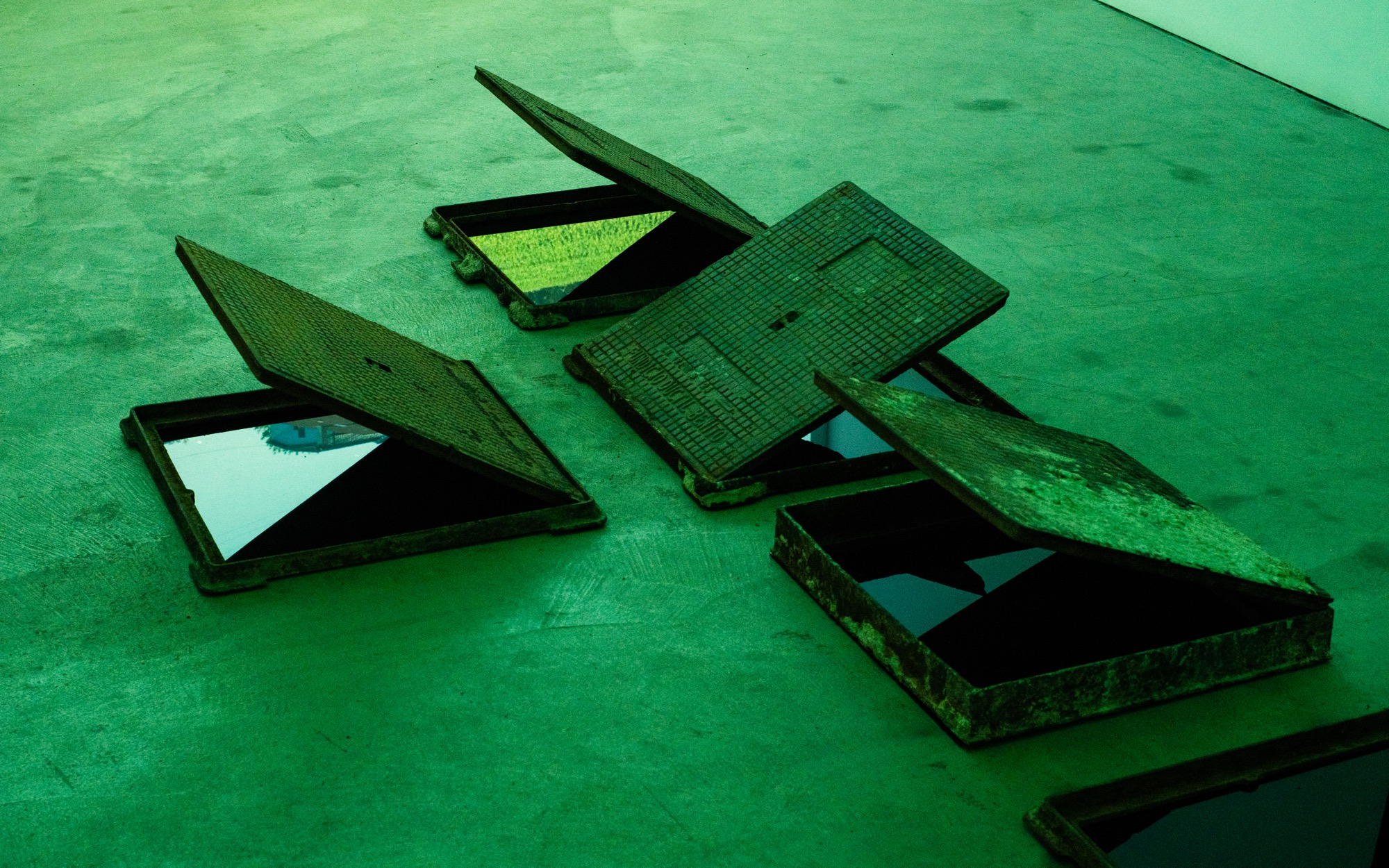
partnership with Galeria Lehmann+Silva
resources: fiberglass, iron, glass, led, video
format: open house
photography: Bruno Lança
No Entulho is open to visitors, if you want to know more please contact us.
Parque Industrial Amorim Rua Manuel Dias, 440 4495-129 Póvoa de Varzim
+351 252 023 590
info@noentulho.com